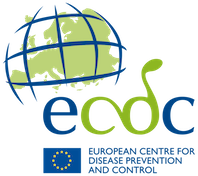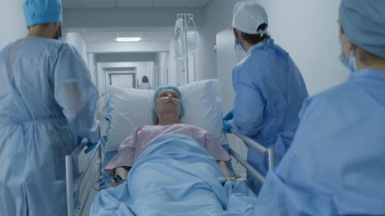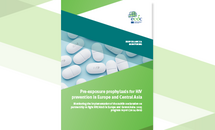Pre-exposure prophylaxis for HIV prevention in Europe and Central Asia: Monitoring the implementation of the Dublin Declaration on partnership to fight HIV/AIDS in Europe and Central Asia: 2025 progress report (2024 data)
Pre-exposure prophylaxis (PrEP) with antiretroviral medications is a highly effective tool in preventing new HIV infections when taken as prescribed. It is an important element of the ‘combination prevention’ necessary to reach the United Nations (UN) Sustainable Development Goal to end the AIDS epidemic by 2030. Since 2016, PrEP has been increasingly available through healthcare systems in the WHO European Region, including in the countries of the European Union (EU) and European Economic Area (EEA).
Between February and April 2025, the European Centre for Disease Prevention and Control (ECDC) conducted a regional online questionnaire among European and Central Asian countries to collect the most recent data (as of 2024) to monitor the implementation of the 2004 Dublin Declaration. The questionnaire contained specific questions on PrEP, particularly relating to the availability, uptake and cost of PrEP. This thematic report presents key findings of the questionnaire and gives recommendations on how countries can improve equitable access to PrEP.
Key findings
Widespread but uneven implementation
- 38 out of 52 countries (22 in EU/EEA) have national PrEP guidelines in place.
- 14 countries lack guidelines or have not implemented them, eight of which are in the EU/EEA.
PrEP uptake remains below targets
- 344 596 individuals received PrEP in 2024 across 36 reporting countries in the WHO European region, which is well below the regional target of 500 000 by 2025. This represents an increase of approximately 60 000 since 2023.
- 203 223 of individuals on PrEP in 2024 were in the EU/EEA, which is also below the EU/EEA target of 300 000 by 2025.
Access barriers persist
- PrEP is not universally available as some countries have restrictive eligibility criteria which especially affect migrant populations, sex workers, and transgender people.
- Only 21 countries (13 EU/EEA) offer PrEP to all individuals at increased risk of HIV infection, regardless of gender or sexual orientation.
PrEP scale-up is unevenly distributed across population groups
- Men who have sex with men represent over 90% of PrEP users in many countries.
- 3% of all people on PrEP were women (1% EU/EEA countries).
- Data on other key populations (e.g. people who inject drugs, sex workers, migrants) are limited and show low uptake.
Service delivery is mostly clinical
- PrEP is primarily provided in infectious disease clinics.
- Few countries offer PrEP through community-based or NGO settings.
Cost and availability vary widely
- PrEP is free in some countries, insurance-based in others, and paid out-of-pocket in several.
- Monthly costs range from €0 to €187.80, with a median of €56.70 in EU/EEA countries.
Surveillance gaps hinder progress
- Many countries lack robust data on PrEP eligibility, uptake, and outcomes, especially among key populations
Recommendations
- Develop and implement national PrEP guidelines: Countries without HIV PrEP guidelines should adopt or adapt the European AIDS Clinical Society (EACS) recommendations.
- Expand eligibility and remove access restrictions: Ensure PrEP is available to all individuals at increased risk of HIV infection.
- Strengthen outreach to key populations: Address stigma, discrimination, and service delivery barriers.
- Diversify service delivery models: Support PrEP provision in community-based and NGO settings.
- Ensure affordability and reduce cost barriers: Promote free or subsidised access to PrEP, especially for uninsured individuals.
- Improve surveillance and data collection: Invest in systems that track PrEP uptake, duration, and outcomes by gender and key population.
- Share best practice across countries: Facilitate regional learning on cost-effective and equitable PrEP delivery models.








